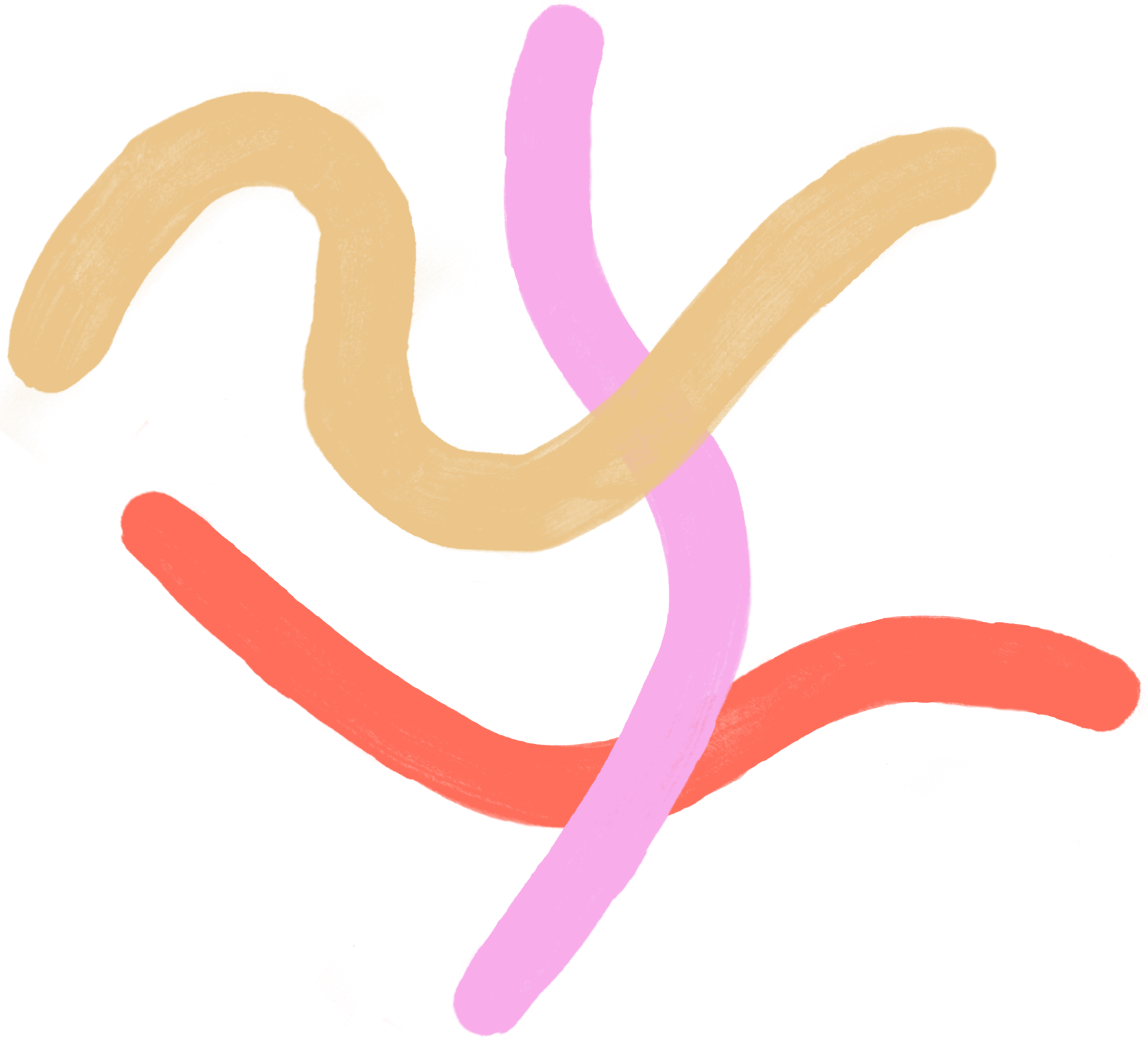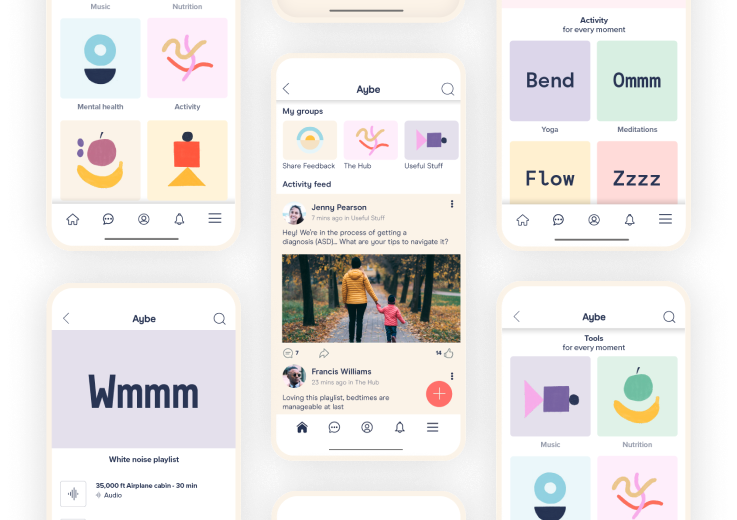What is ADHD?

Did you ever wonder what ADHD looks like? Do you or your child have some of the common challenges associated with it? There are some common strengths too which you would be interested to find out in this article.
ADHD
Attention Deficit Hyperactivity Disorder (ADHD) is a neurodevelopmental condition which is typified by, but not limited to, behavioural symptoms including inattentiveness, hyperactivity, and impulsiveness. According to research, approximately 1 in 20 children have Attention Deficit Hyperactivity Disorder (ADHD).
Join the Community
Download the app to access more specialist advice, community support and wellbeing tools.
Join today as a Contributor member to gain free* access!
Download now
*Free access, in return for contributing to Aybe on a weekly basis, for example by commenting, liking, responding to feedback requests. See Terms & Conditions.

Challenges that can be common with ADHD:
- Physically, hyperactivity can look like a struggle to sit still and not do anything, which is more common in childhood. It can also mean fidgety or restless movements like shaking a leg, chewing on a pen, tapping fingers, or playing with whatever’s at hand.
- Hyperactivity can be an internal process, especially in adults, with racing or continual thoughts and ideas running through their brain.
- Impulsivity in conversation may lead to talking more than others, interrupting with ideas or related thoughts or stories they want to share, or having a harder time following the “flow” of taking turns in a group.
- The process of self-restraint may be less effective, leading to speaking or acting impulsively and without fully thinking it through.
- Inattention can lead to daydreaming, lost concentration, or forgetfulness.
- Lowered effectiveness of working memory, planning and problem solving, and self-motivation may make it difficult to to start or fully complete tasks.
- Overwhelm from sensory input, emotions, stress, or directions can lead to strong reactions or shutting down.
Strengths that are often found with ADHD:
- Creativity and ideas can come easily and often, particularly on topics and projects that have their interest.
- They can bring a high level of energy to their work or play, when they’re focused on it.
- A talent for connecting things and ideas at a high level.
- Hyperfocus can mean that they take in a large amount of knowledge or complete an unexpected amount of work in a shorter time.
- An ideas machine with a brain built for innovation.
An important note: Obtaining a diagnosis can be a huge step in understanding why the world can seem so different, so if anything here sounds familiar, we recommend talking through questions or concerns with your healthcare provider. These are helpful resources to get started with:
- For children living with ADHD and our map to help with the journey of navigating diagnosis and post-diagnosis support for neurodivergent kids in the UK.
- For adults living with ADHD and for diagnosis.
- For both children and adults.
Many Other Forms of Neurodivergence
Other common neurodiverse conditions you may experience are:
Check back in as we create more resources for these neurodivergence in the coming weeks.
Find yourself learning more about these conditions or revising your support plan and need more info? If you are after any specific tools or support, please let us know what you need within our community.
Join the Community
Download the app to access more specialist advice, community support and wellbeing tools.
Join today as a Contributor member to gain free* access!
Download now
*Free access, in return for contributing to Aybe on a weekly basis, for example by commenting, liking, responding to feedback requests. See Terms & Conditions.



